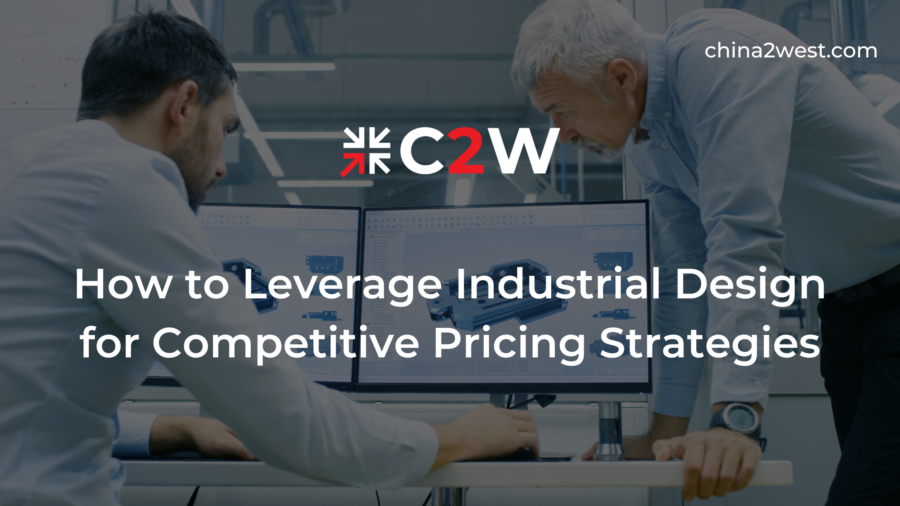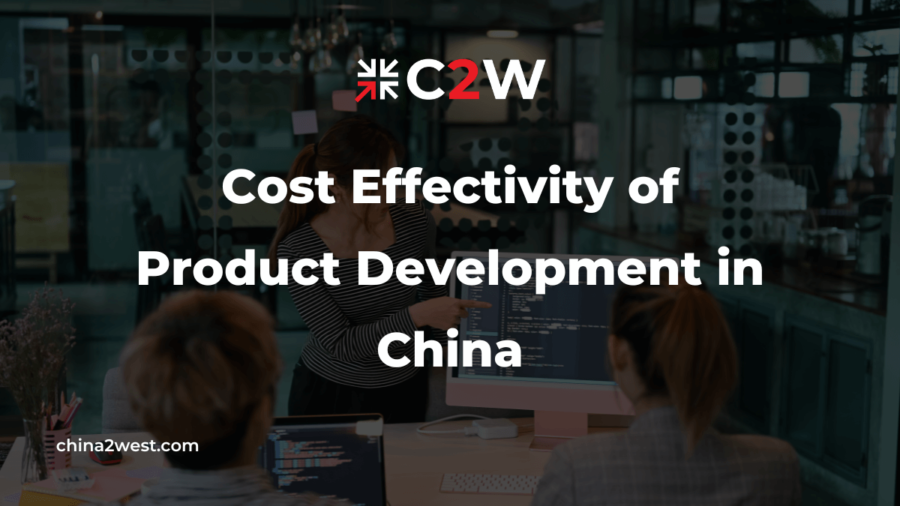In today’s highly competitive market, businesses are in a perpetual quest for innovative strategies that will provide them with a distinct advantage. One often-overlooked yet highly effective approach is harnessing the power of industrial design to create a price advantage for your product.
In this comprehensive guide, we will delve into the multifaceted world of industrial design, examining its profound impact on consumer perceptions and exploring practical ways to utilize it for enhancing the value proposition of your product.
Understanding the Power of Industrial Design
Industrial design is a holistic process that transcends mere aesthetics. It involves the meticulous shaping of a product to optimize not only its visual appeal but also its functionality and usability.
The strategic implementation of industrial design can transform a product from being merely utilitarian to becoming a sought-after, marketable item.
By understanding the intricacies of industrial design, businesses can leverage it effectively to give their products a competitive edge in the market.
Effective industrial design considers the entire lifecycle of a product, from its conception to its eventual disposal. It incorporates elements such as material selection, manufacturing processes, and user experience.
By taking a comprehensive approach, businesses can create products that not only look good on the surface but also perform exceptionally well, resonating with consumers on a deeper level.
Building Brand Identity through Design
Your product’s design is a pivotal element in establishing and reinforcing your brand identity. A well-crafted industrial design not only makes your product stand out on the shelves but also cultivates a lasting impression in the minds of consumers.
This unique identity becomes a powerful tool, justifying a premium price tag and providing a competitive advantage in a crowded marketplace.
Consider iconic brands like Apple, whose sleek and minimalist product designs have become synonymous with innovation and quality.
The consistency in design across their product lines reinforces the brand identity, creating a strong emotional connection with consumers.
Businesses that invest in a cohesive and distinctive design language can benefit from increased brand recognition, fostering loyalty and trust among consumers.
Perceived Value and Price Elasticity
Perceived value is a critical factor influencing consumer purchasing decisions. Even if production costs remain constant, a product with a superior industrial design can command a higher price due to the perceived value it offers.
Consumers are often willing to pay more for products they perceive as high-quality, innovative, and visually appealing.
Understanding the psychological factors that shape perceived value allows businesses to strategically position their products in the market.
A well-designed product communicates a sense of craftsmanship and attention to detail, elevating it from a mere commodity to a premium offering.
This perceived value enables businesses to implement competitive pricing strategies, allowing them to capture a segment of the market willing to pay more for a superior product.
Cost-effective Design Strategies
Creating a product with a compelling industrial design doesn’t necessarily require breaking the bank.
There are several cost-effective design strategies that can enhance the visual appeal of products without inflating production costs.
Smart material choices, efficient manufacturing processes, and collaboration with skilled designers who understand how to balance aesthetics with cost considerations can all contribute to achieving a competitive price advantage without compromising on design quality.
For instance, utilizing innovative materials that are both cost-effective and visually appealing can be a game-changer.
Additionally, streamlining manufacturing processes to reduce waste and increase efficiency not only positively impacts the bottom line but also contributes to a more sustainable approach, which can be an additional selling point for consumers.
Sustainable Design for Long-term Cost Savings
In the era of heightened environmental awareness, consumers are placing a higher value on sustainability.
Integrating sustainable design principles into your product not only appeals to eco-conscious consumers but can also lead to long-term cost savings. Sustainable design often involves the use of recycled materials, energy-efficient manufacturing processes, and waste reduction.
Investing in sustainable design is not only ethically responsible but can also provide a competitive edge in the market.
Consumers increasingly seek products that align with their environmental values, and by adopting sustainable practices, businesses can attract a growing segment of environmentally conscious consumers.
This positive perception can contribute to long-term brand loyalty, mitigating potential price sensitivity.
User-Centric Design for Enhanced Functionality
Beyond aesthetics, industrial design plays a crucial role in enhancing the functionality and usability of a product.
User-centric design focuses on understanding the needs and preferences of the end-user, leading to products that are not only visually appealing but also intuitive to use.
Prioritizing user experience in industrial design creates products that add significant value to the consumer, justifying a higher price point.
Consider smartphones with user-friendly interfaces and ergonomic designs. These features not only make the product enjoyable to use but also enhance its perceived value.
By incorporating user-centric design principles, businesses can create products that not only meet but exceed customer expectations, fostering customer satisfaction and loyalty.
This emotional connection can contribute to consumers being more willing to pay a premium for a product that enhances their overall experience.
Communicating Value through Marketing
Once you’ve invested in a thoughtful industrial design, effectively communicating the value it brings to consumers becomes paramount.
Incorporate your design philosophy into your marketing materials, highlighting how the product’s design improves functionality, usability, and overall user experience.
Utilize visuals, testimonials, and storytelling to convey the thought and effort that went into the design process.
Effective communication is key to translating the intrinsic value of industrial design into tangible benefits for the consumer.
Whether through social media, packaging, or point-of-sale displays, businesses should showcase the unique features and benefits of their product’s design.
By creating a compelling narrative around the design, businesses can establish an emotional connection with consumers, making them more willing to pay a premium for a product with a well-thought-out and aesthetically pleasing design.
In the dynamic and competitive market landscape, where consumers are inundated with choices, industrial design emerges as a potent tool for creating a price advantage.
As you navigate the challenges of the market, consider the untapped potential of industrial design to set your product apart and create a lasting competitive edge. By seamlessly integrating design principles into your overall business strategy, you not only enhance the visual appeal of your products but also build a strong foundation for sustained success in a competitive marketplace.
Enlisting help from an experienced and proven product development company, one like C2W, is a great way to incorporate all the above strategies to your product’s favor. With their nearly 20 years of experience in helping startups launch their signature products with an international team of industrial designers and engineers as well as expansive partnerships with suppliers throughout Asia, you will be rest assured that your product stands out among its kind! Contact us now.


